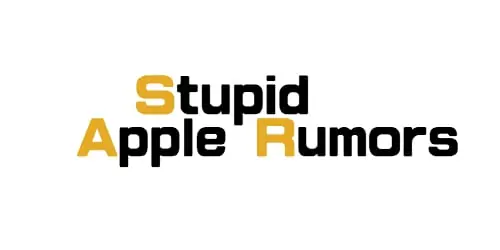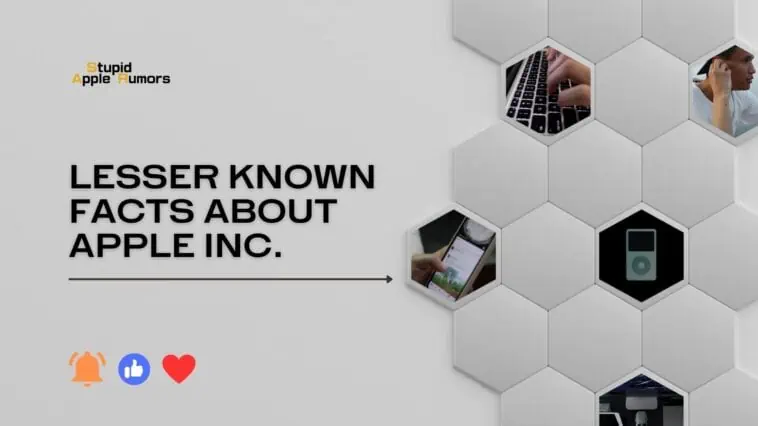Apple Inc., founded in 1976 by Steve Jobs, Steve Wozniak, and Ronald Wayne, has evolved into a tech powerhouse that has revolutionized the way we interact with technology.
While many are familiar with Apple’s iconic products, there are numerous fascinating facts about the company that remain lesser-known.
Let’s delve into over 80 captivating facts that provide insight into Apple’s rich history, remarkable achievements, and present-day operations.
Fun Facts About Apple Inc You Probably Never Knew!
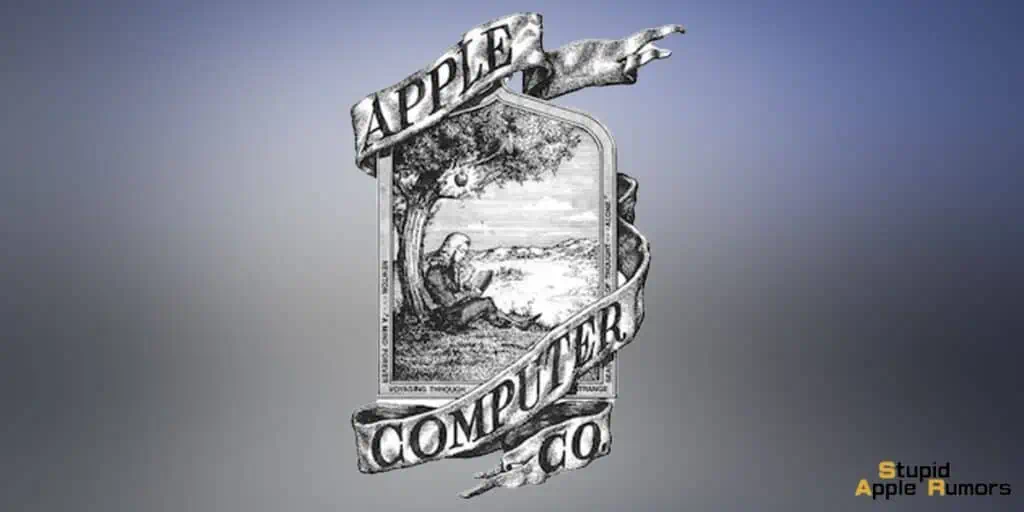
The first Apple logo featured Sir Isaac Newton sitting under an apple tree.
The name “Apple” was inspired by Steve Jobs’ time spent working on an apple orchard during the summer.
Apple’s first product was not a computer, but a kit to build your own digital blue box, which allowed free long-distance calls.
The original Apple Macintosh, released in 1984, had a rare Easter egg hidden in its ROM: a signed drawing of the design team.
The Newton MessagePad, an early Apple handheld device, was named after Sir Isaac Newton, in keeping with the apple theme.
Apple’s GarageBand software includes a virtual drummer feature that can replicate the style of famous drummers like Ringo Starr and Phil Collins.
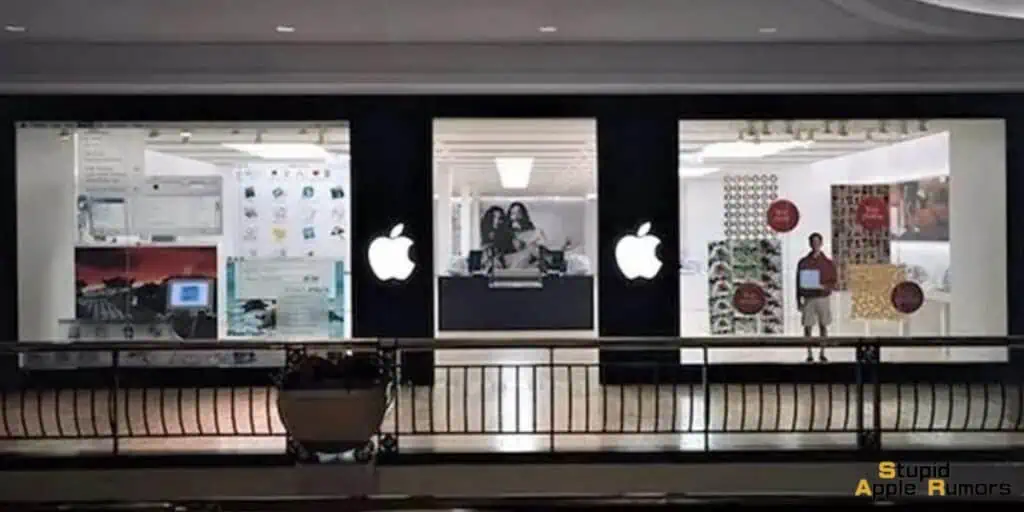
Apple’s first retail store, located in Tysons Corner, Virginia, opened in 2001, showcasing a minimalist design.
Apple has a patent for a pizza box with ventilation holes to prevent soggy crusts.
The iPhone’s original code name was “Project Purple.”
The Apple Store’s Genius Bar was inspired by the Ritz-Carlton’s focus on customer service.
Apple’s co-founder, Steve Wozniak, designed the classic game “Breakout” for Atari.
The “i” in Apple product names (like iPhone, iPad, iPod) originally stood for “internet,” but Apple later said it could represent other concepts like “individual,” “instruct,” and “inform.”
The Macintosh team’s original “pirate flag” featured a human skull and crossbones, but it was later replaced by a more family-friendly Jolly Roger.
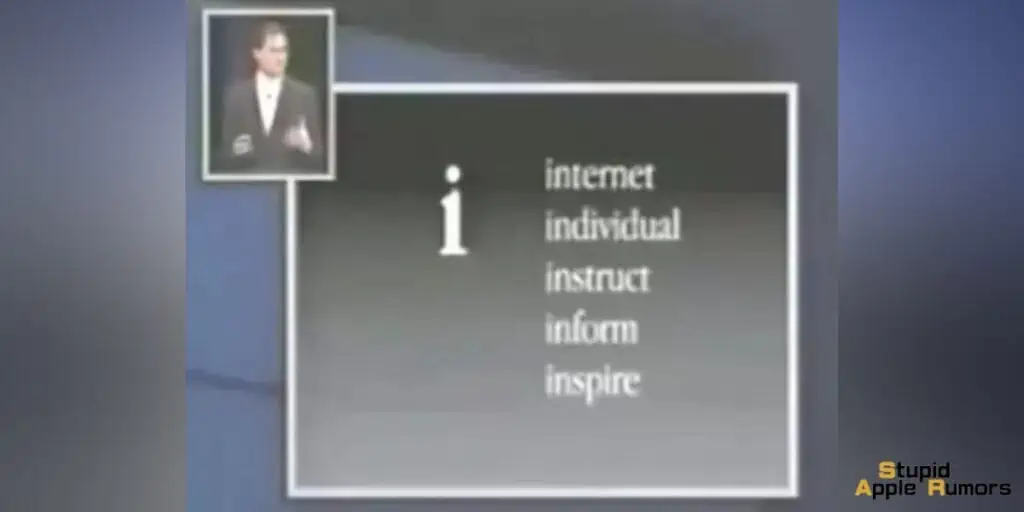
Apple’s iTunes once accounted for nearly 80% of all digital music sales.
Apple’s “Think Different” ad campaign featured famous figures like Albert Einstein, John Lennon, and Amelia Earhart.
The first Macintosh computer, priced at $2,495 in 1984, is equivalent to over $6,000 today.
Apple’s app store was launched in 2008 with just 500 apps; now, there are over two million available.
Apple’s first mouse, introduced with the Lisa computer in 1983, cost $299.
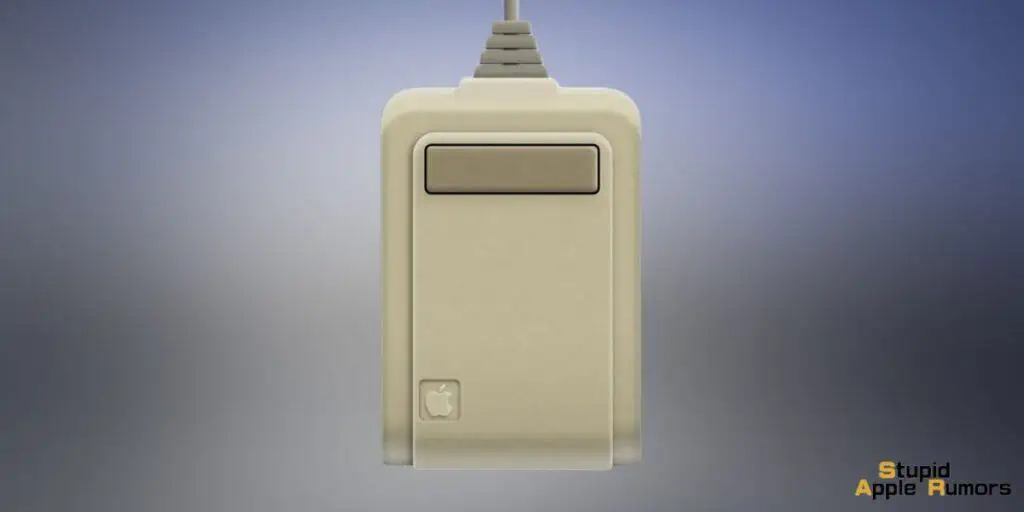
The iPhone’s camera shutter sound in Japan is intentionally loud to deter clandestine photography.
Apple’s Siri was initially developed as a standalone app before being integrated into iOS.
The Apple Watch’s “taptic” engine simulates the feeling of a physical button press.
The first iPhone was introduced by Steve Jobs in 2007 with the tagline “An iPod, a phone, and an internet communicator.”
Apple’s Spaceship campus, officially called Apple Park, covers 175 acres and can accommodate over 12,000 employees.
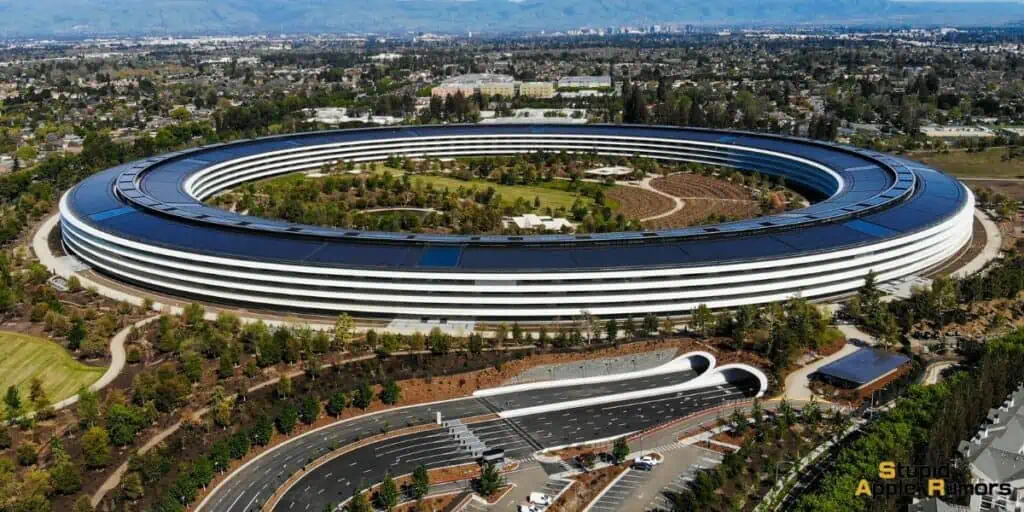
Apple’s co-founder, Steve Jobs, was known for wearing his iconic black turtleneck, jeans, and sneakers uniform.
The iPhone 4 prototype was famously left at a bar by an Apple employee, causing a major stir.
Apple’s QuickTime technology was developed to enable video playback on early Macs.
Apple’s first color display computer was the Apple IIc, released in 1984.
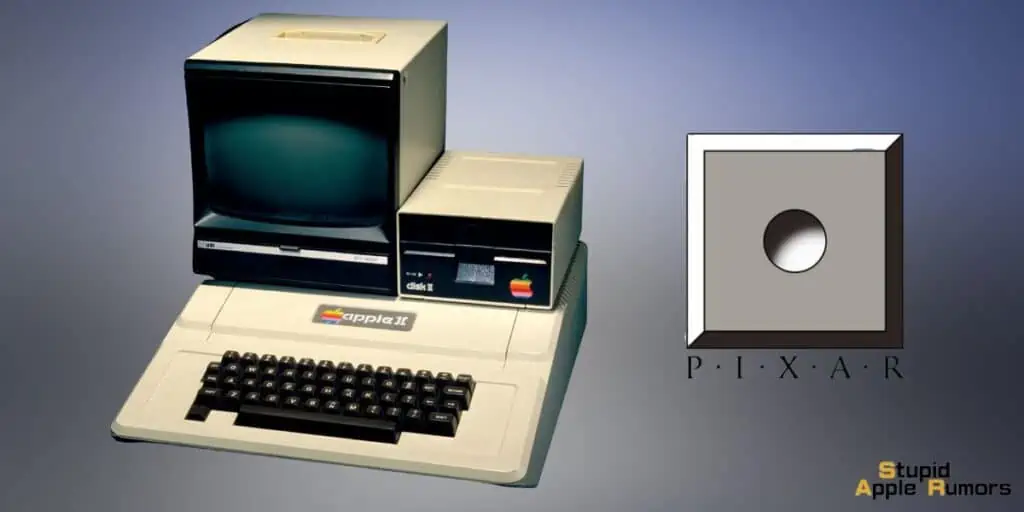
The Apple II computer was used in the production of early Pixar films.
Apple’s iTunes store has sold over 25 billion songs since its inception.
The original iPhone did not support third-party apps; the App Store was introduced a year later.
The iPhone’s original interface design was inspired by a Swiss railway clock.
The iPhone’s camera app icon is designed to resemble an old-school camera.
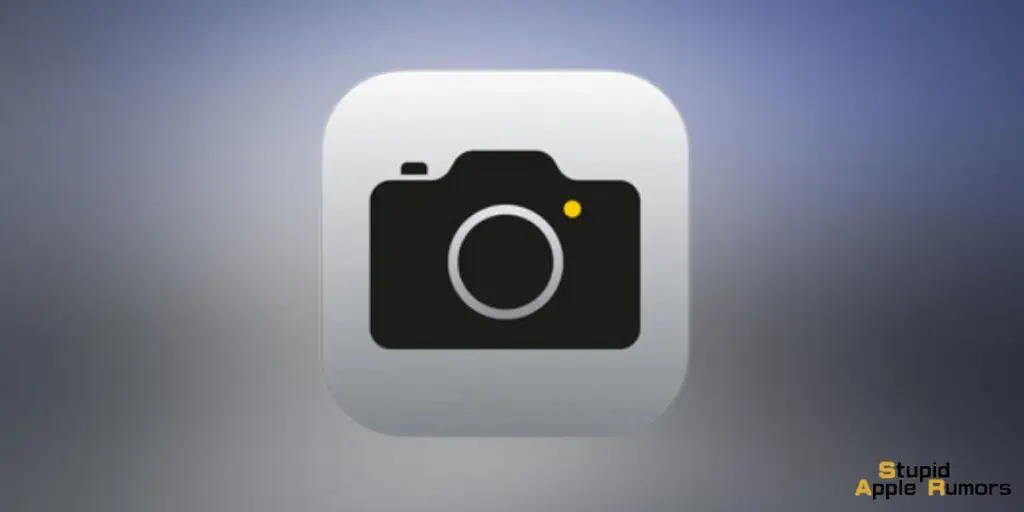
The Apple II computer had slots for game cartridges.
Apple’s Macintosh Portable, released in 1989, weighed a whopping 16 pounds.
The Apple logo on laptops is designed to be upside-down when the lid is open, making it appear correctly oriented to others.
Apple’s Newton MessagePad had a handwriting recognition feature that was famously unreliable.
The original Apple Watch was released in 2015.
Apple’s first video game console, the Pippin, was released in 1995.
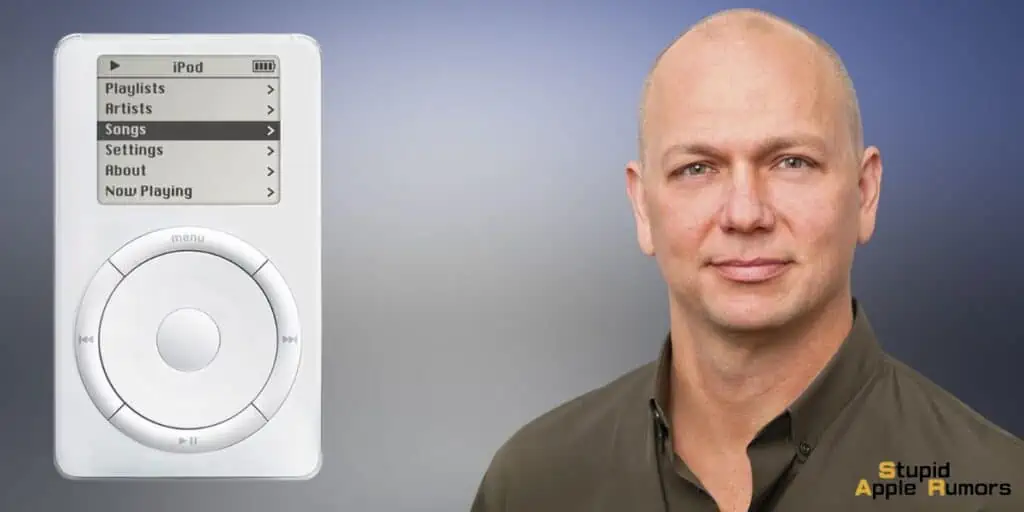
The original iPod was designed with the help of Tony Fadell, who later founded Nest Labs.
Apple’s AirPods were initially met with skepticism but later became a cultural phenomenon.
The Apple I computer was hand-built by Steve Wozniak in Steve Jobs’ parents’ garage.
Apple’s original iPhone did not have 3G connectivity; it relied on EDGE.
The Apple Lisa, released in 1983, was the first commercial computer with a graphical user interface.
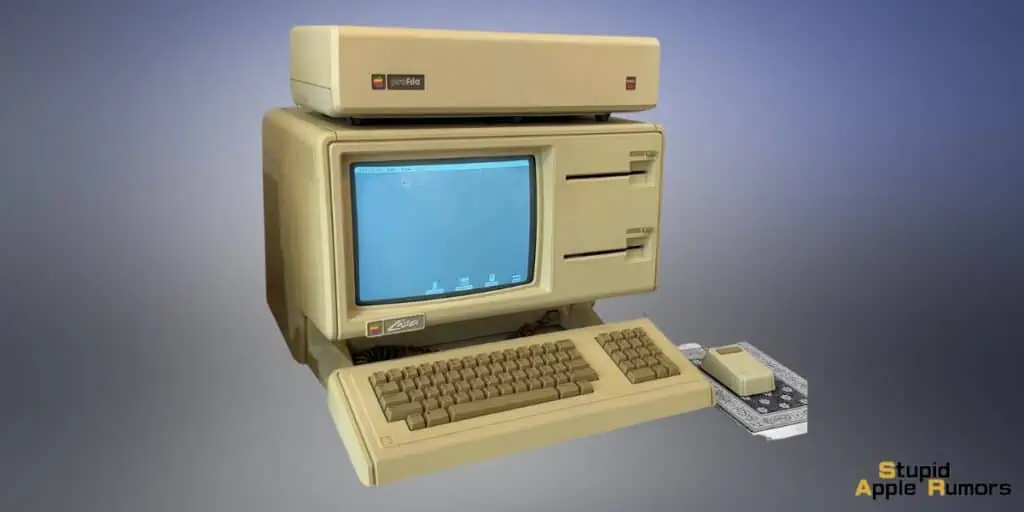
Apple’s co-founder, Steve Wozniak, taught computer classes at Stanford University.
The iMac G3, released in 1998, came in a variety of vibrant colors like “Bondi Blue” and “Tangerine.”
Apple’s Macintosh SE/30 was nicknamed the “compact Mac with a bite.”
The Apple PowerBook 100, released in 1991, was the first true laptop.
Apple’s Lisa computer was named after Steve Jobs’ daughter.
Apple’s iBook G3 had a distinctive clamshell design that came in a range of colors.
Apple’s iMac G4, known as the “iLamp” due to its adjustable neck, was released in 2002.
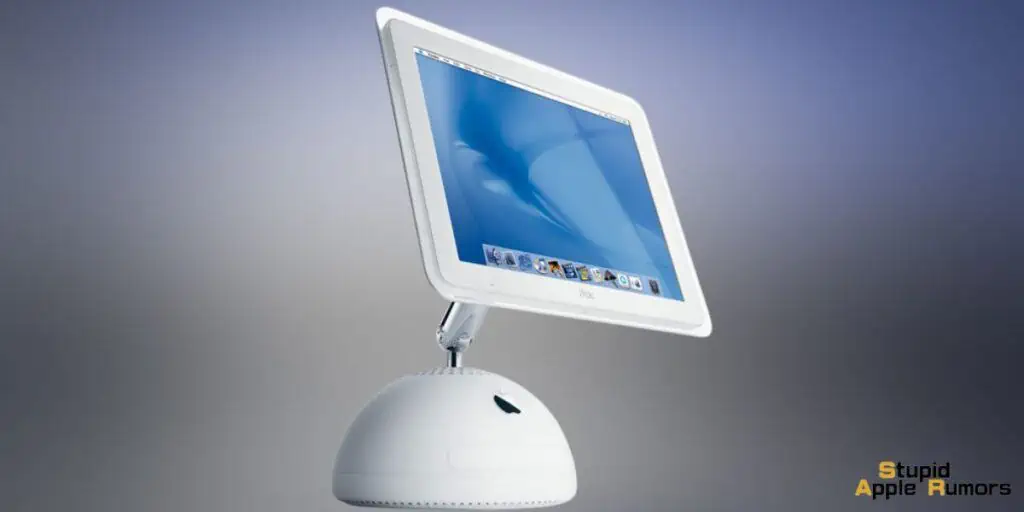
The Macintosh LC, Apple’s inaugural affordable color computer, hit the market in 1990.
Apple’s Xserve, a line of rack-mounted servers, was discontinued in 2011.
The Macintosh Plus, introduced in 1986, boasted the first-ever SCSI port in a Mac.
Apple’s eMate 300, a portable, translucent green computer tailored for education, launched in 1997.
The original iPhone, initially exclusive to AT&T in the U.S., made its debut in 2007.
Apple’s Newton MessagePad 2100, released in 1997, boasted improved handwriting recognition and a longer battery life.
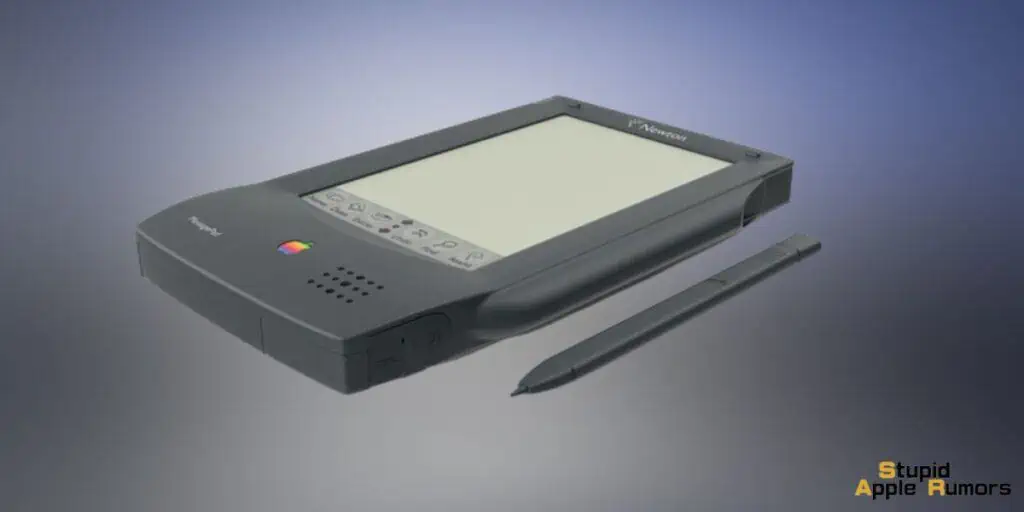
The Power Mac G4 Cube, a compact and transparent desktop computer, was launched in 2000.
Apple’s Power Macintosh 6100, equipped with a PowerPC processor, made its mark in 1994.
The Apple IIgs, released in 1986, represented the pinnacle of the Apple II series.
Apple’s PowerBook 5300, released in 1995, faced a minor setback with battery issues, resulting in a recall.
The Macintosh Classic, an affordable computing option from 1990, introduced many to the world of Macintosh.
Apple’s iMac G5, released in 2004, featured a design reminiscent of a sleek desk lamp.
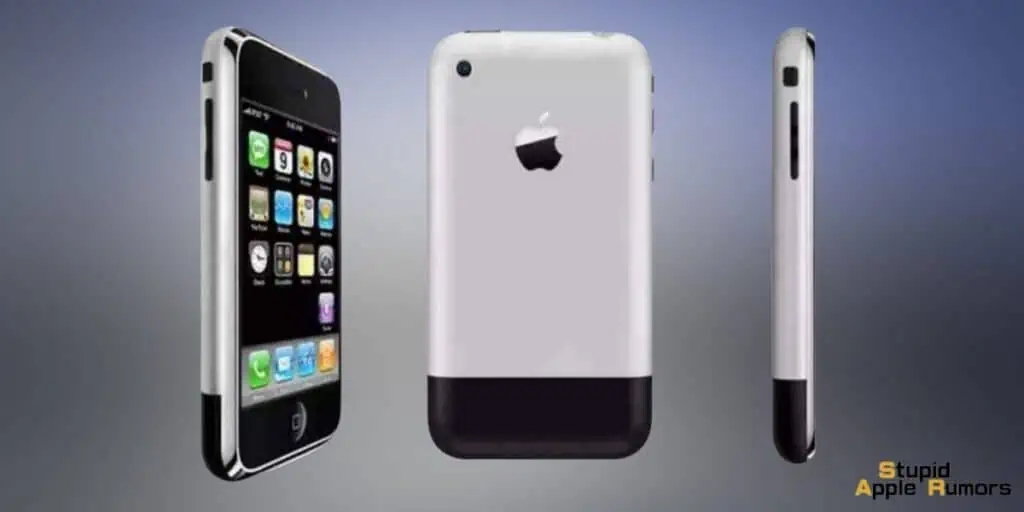
The original iPhone, equipped with a 2-megapixel camera, revolutionized the mobile phone industry upon its release in 2007.
Apple’s Macintosh II, introduced in 1987, was the first modular Mac, allowing for customization and expansion.
The PowerBook 2400c, launched in 1997, defied its size with a feather-light frame, setting new standards for portability.
Apple’s Macintosh Quadra 950, released in 1992, earned a reputation for its formidable performance.
The Twentieth Anniversary Macintosh, a limited edition release from 1997, stood out with its distinctive design.
Apple’s Macintosh IIfx, released in 1990, earned its place as one of the most powerful Macintosh computers of its time.
The Apple Workgroup Server 95, tailored for businesses and released in 1993, represented a high-end solution for enterprise needs.
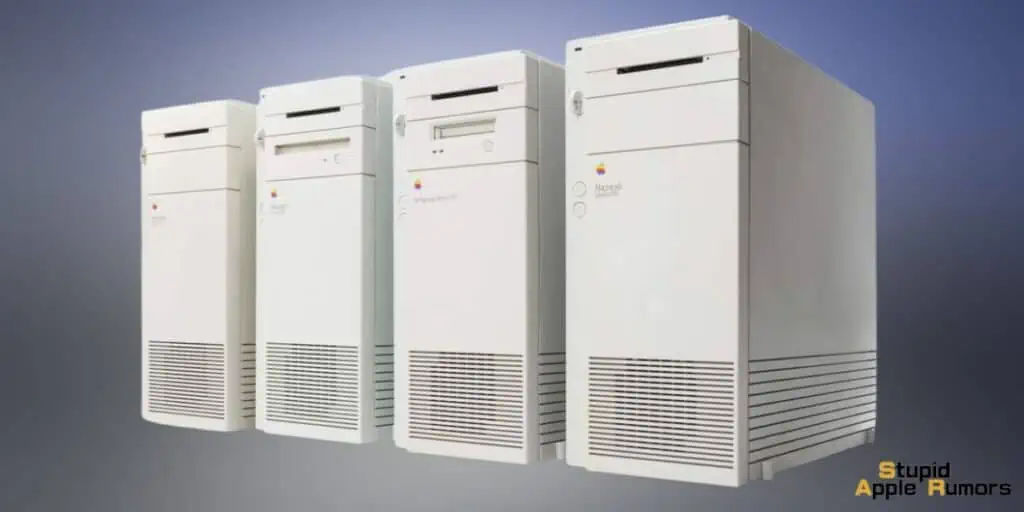
Apple’s Pippin game console, though short-lived and discontinued after its 1995 release, holds a place in Apple’s eclectic history.
The eWorld online service, Apple’s venture into the digital realm in 1994, was a fleeting experiment that concluded in 1996.
The Macintosh TV, a fusion of computer and television from 1993, was a unique experiment in multimedia integration.
Apple’s Power Mac G3 All-in-One, introduced in 1998, seamlessly integrated computer and monitor into a single unit.
The Apple I’s manual had a mistake: “Byte” was spelled as “Bite,” leading to the creation of the iconic Apple logo.
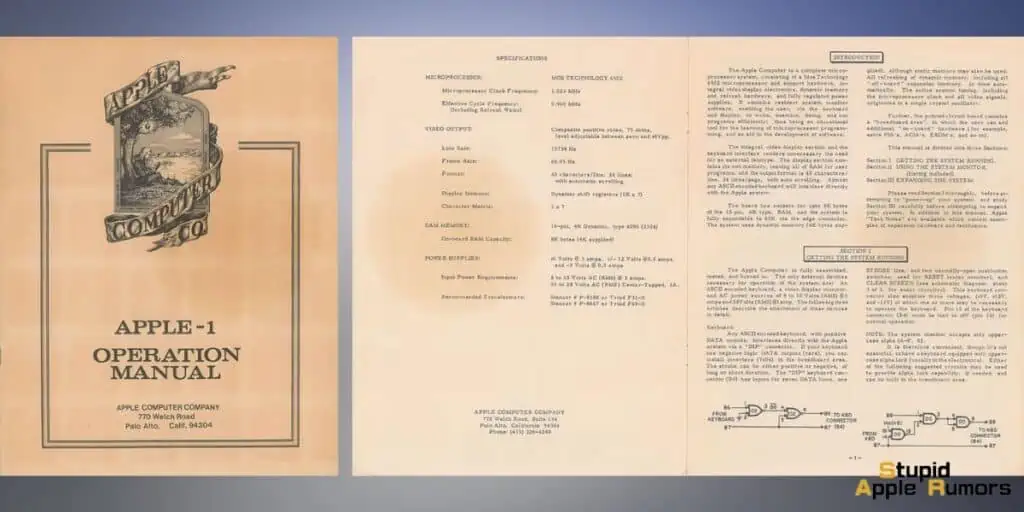
Apple’s corporate offices and data centers are powered by 100% renewable energy.
While Apple started in a garage, it’s a myth that they built their computers there. The first 50 Apple I computers were built in Jobs’ bedroom.
Jobs was fired from Apple in 1985 but returned in 1997 when Apple acquired NeXT, a company he founded during his time away.
In the 1980s, Apple briefly ventured into the fashion industry with a clothing line called “The Apple Collection.”
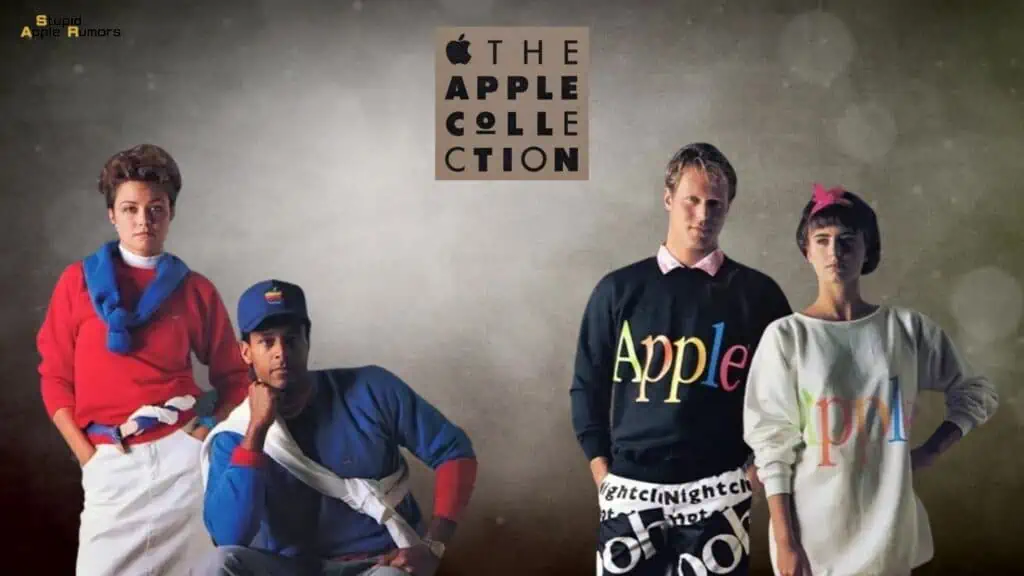
Apple’s first portable device was not a computer but a digital camera named QuickTake, released in 1994.
Apple’s first video game was “The Journeyman Project,” released in 1993.
Apple’s retail stores were designed to resemble the company’s sleek products and were inspired by Gap’s approach to clothing retail.
Apple’s first store outside the U.S. opened in Tokyo, Japan, in 2003.
Apple’s iTunes software was developed from an application called SoundJam MP, which Apple acquired in 2000.
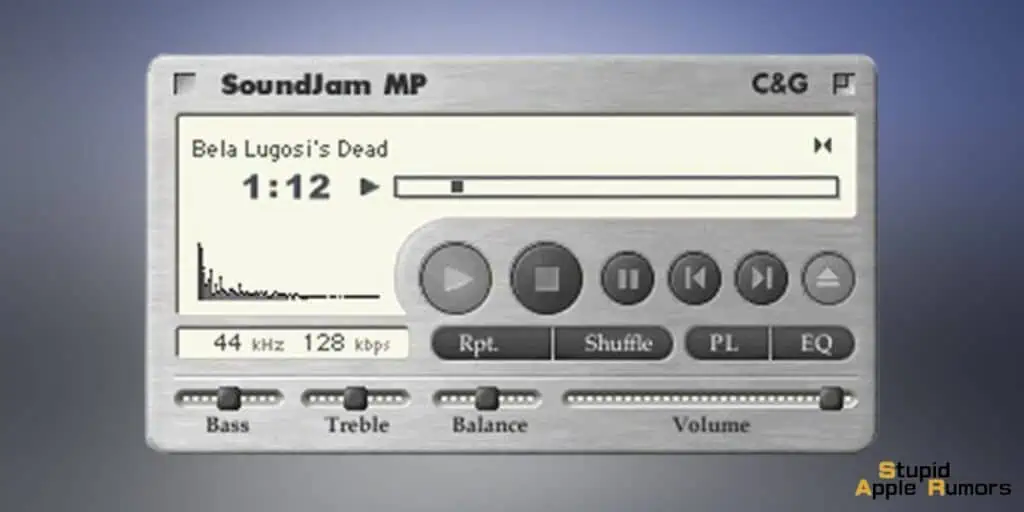
Apple’s original business model involved selling circuit boards to hobbyists. They had to add cases and power supplies themselves.
Apple’s Newton MessagePad, released in 1993, was one of the world’s first personal digital assistants (PDAs).
Apple’s first digital camera, the QuickTake 100, could only store eight photos at a time.
Apple’s co-founder Steve Jobs bought Pixar from George Lucas in 1986 and later sold it to Disney, becoming Disney’s largest shareholder.
Engineers working on the Macintosh signed their names inside the computer’s case, a tradition that continued for years.
Apple designed the round ‘puck’ mouse for the iMac G3, which received mixed reviews due to its unconventional shape.
Apple released its first digital video camera, the Apple QuickTake 200, in 1996, capable of capturing stills and videos.
The PowerBook 500 series, released in 1994, was the first laptop to feature a trackpad, now a standard feature on laptops.
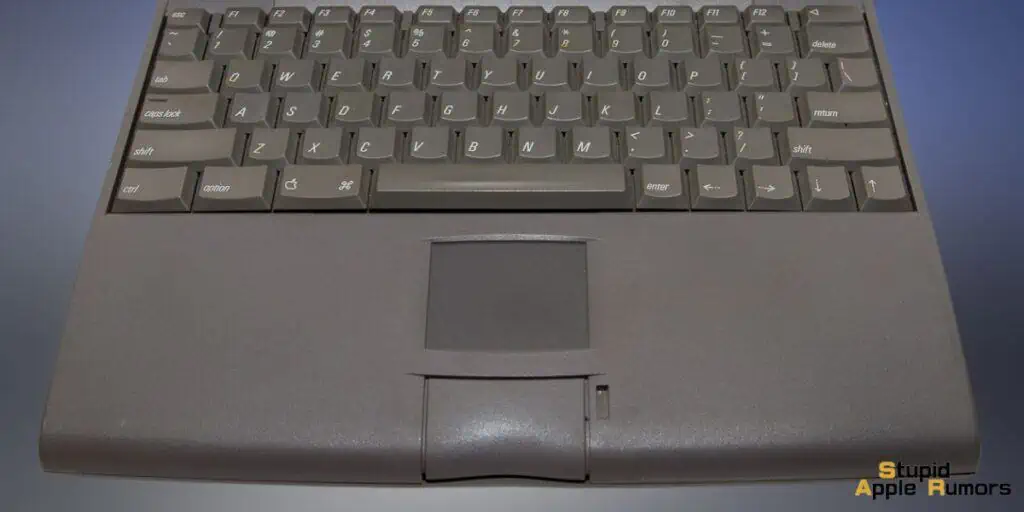
Apple has a dedicated Industrial Design Team that works in a secretive studio, known as the Industrial Design Studio, on the Apple campus.
Apple developed its own custom typeface called San Francisco for the Apple Watch and later used it across various products.
Greater China, including mainland China, Hong Kong, and Taiwan, is Apple’s largest market outside the U.S.
Apple’s data center in Maiden, North Carolina, is powered by one of the nation’s largest privately-owned solar farms.
In 2018, Apple became the first publicly traded U.S. company to reach a market capitalization of $1 trillion.
Apple pledged to make all its products from recycled or renewable materials and is committed to a net-zero carbon footprint by 2030.
The Macintosh operating system included a sound named ‘Sosumi,’ a play on “so sue me,” referring to Apple’s legal battles over sound trademarks.
Ronald Wayne, the third co-founder of Apple, sold his 10% stake in the company for $800 in 1976. If he had kept it, it would be worth billions today.
Conclusion
Apple Inc.’s journey from a garage startup to a global tech powerhouse is filled with remarkable achievements, iconic products, and visionary leaders.
These lesser-known facts offer a deeper appreciation for the company’s impact on technology, design, and user experience.
Apple’s legacy continues to shape the way we interact with the world of technology, setting new standards for innovation and excellence
Also Read:
